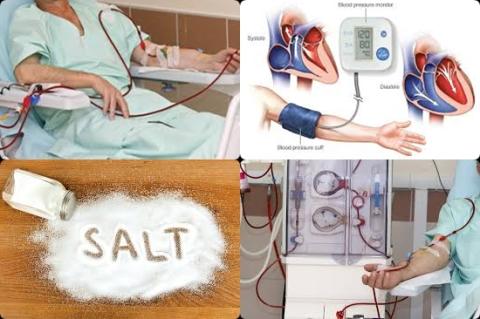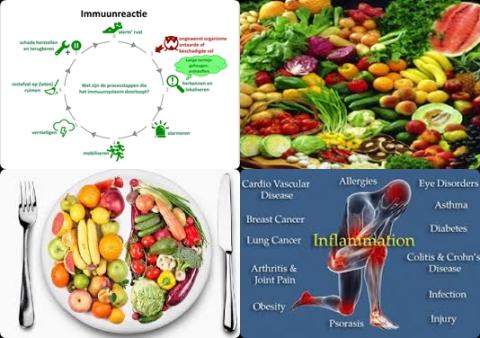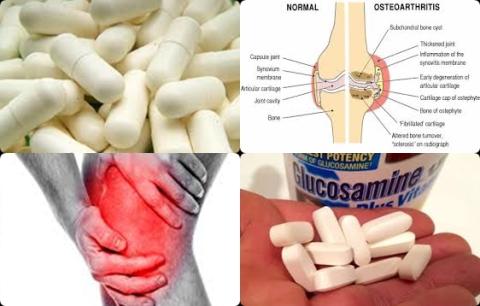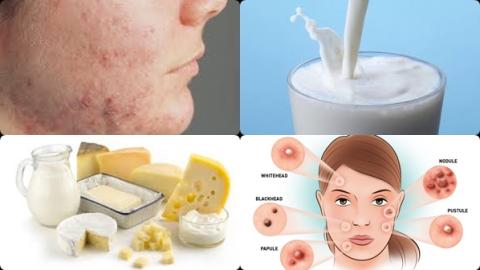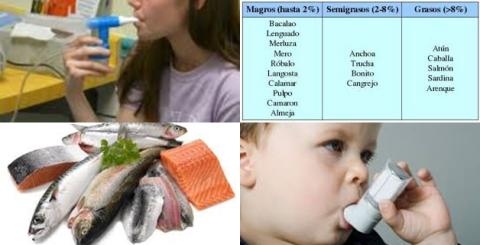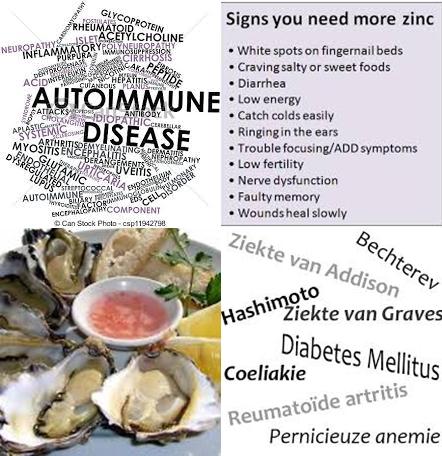Dairy products, high purine vegetables, soy foods and coffee decrease gout

Objectives:
Is there an association between dietary factors and the risk of gout and hyperuricemia?
Study design:
This review article included 10 prospective cohort studies (the follow-up duration ranged from 6 years to 26 year) and 9 cross-sectional studies.
Based on the Newcastle-Ottawa Scale (NOS), the quality assessment of included studies yielded a mean NOS score of 7.1, suggesting the presence of high methodologic quality.
Results and conclusions:
The investigators found in meta-analysis that the risk of getting gout significantly increased with:
29% [OR = 1.29, 95% CI = 1.16-1.44] for dietary red meat intake;
31% [OR = 1.31, 95% CI = 1.01-1.68] for dietary seafoods intake;
158% [OR = 2.58, 95% CI = 1.81-3.66] for dietary alcohol intake;
114% [OR = 2.14, 95% CI = 1.65-2.78] for dietary fructose intake.
The investigators found in meta-analysis that the risk of getting gout significantly decreased with:
44% [OR = 0.56, 95% CI = 0.44-0.70] for dietary dairy products intake;
15% [OR = 0.85, 95% CI = 0.76-0.96] for dietary soy foods intake;
14% [OR = 0.86, 95% CI = 0.75-0.98] for dietary high-purine vegetables intake;
53% [OR = 0.47, 95% CI = 0.37-0.59] for dietary coffee intake.
The investigators found in meta-analysis that the risk of getting hyperuricemia (an excess of uric acid in the blood) significantly increased with:
24% [OR = 1.24, 95% CI = 1.04-1.48] for dietary red meat intake;
47% [OR = 1.47, 95% CI = 1.16-1.86] for dietary seafoods intake;
106% [OR = 2.06, 95% CI = 1.60-2.67] for dietary alcohol intake;
85% [OR = 1.85, 95% CI = 1.66-2.07] for dietary fructose intake.
The investigators found in meta-analysis that the risk of getting hyperuricemia (an excess of uric acid in the blood) significantly decreased with:
50% [OR = 0.50, 95% CI = 0.37-0.66] for dietary dairy products intake;
30% [OR = 0.70, 95% CI = 0.56-0.88] for dietary soy foods intake.
The investigators found in meta-analysis that the risk of getting hyperuricemia (an excess of uric acid in the blood) non-significantly increase with:
10% [OR = 1.10, 95% CI = 0.88-1.39] for dietary high-purine vegetables intake.
The investigators found in meta-analysis that the risk of getting hyperuricemia (an excess of uric acid in the blood) non-significantly decreased with 24% [OR = 0.76, 95% CI = 0.55-1.06] for dietary coffee intake in men.
Non-significantly because OR of 1 was found in the 95% CI of 0.55 to 1.06. OR of 1 means no risk/association.
The investigators found in meta-analysis that the risk of getting hyperuricemia (an excess of uric acid in the blood) significantly increased with 58% [OR = 1.58, 95% CI = 1.16-2.16] for dietary coffee intake in women.
Significant because OR of 1 was not found in the 95% CI of 1.16 to 2.16. OR of 1 means no risk/association.
The investigators concluded that the risk of hyperuricemia and gout is positively correlated with the dietary intake of red meat, seafoods, alcohol or fructose and negatively with dairy products or soy foods. High-purine vegetables show no association with hyperuricemia, but negative association with gout. Coffee intake is negatively associated with gout risk, whereas it is positively associated with hyperuricemia risk in women.
Original title:
Dietary factors and risk of gout and hyperuricemia: a meta-analysis and systematic review by Li R, Yu K and Li C.
Link:
https://www.ncbi.nlm.nih.gov/pubmed/30485934
Additional information of El Mondo:
Find more information/studies on food groups and chronic diseases right here.


